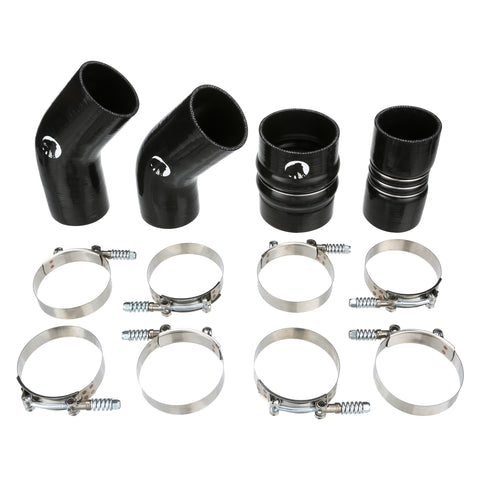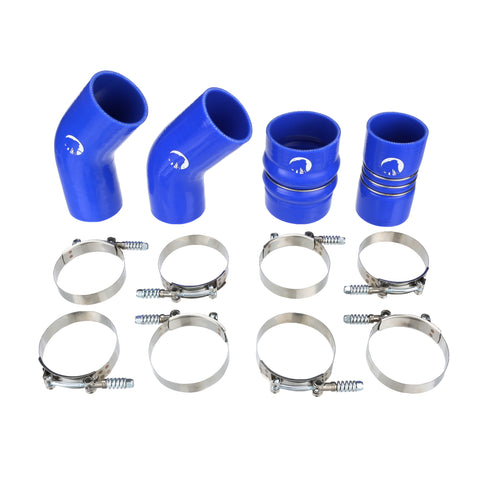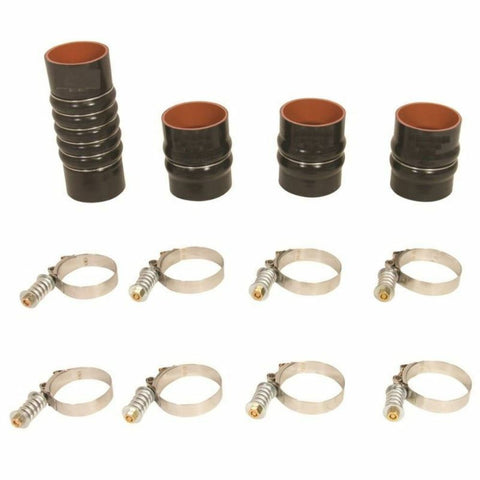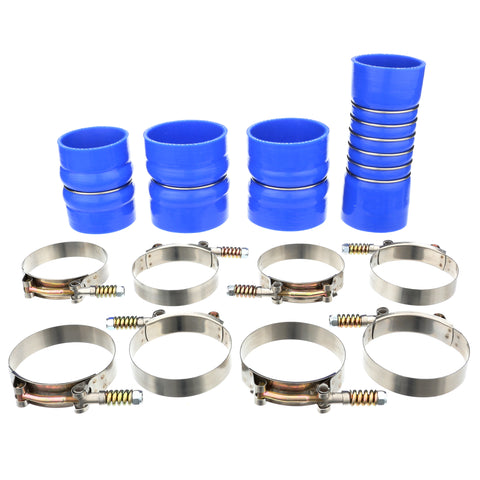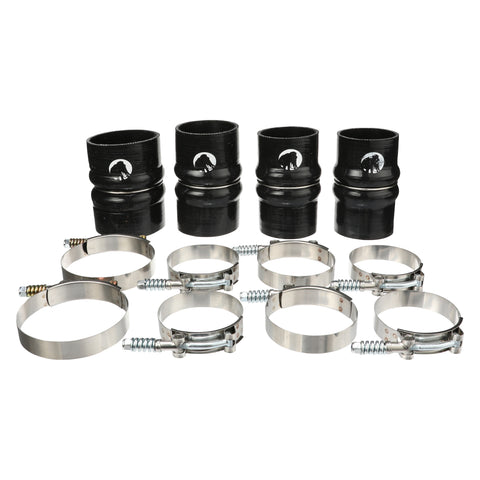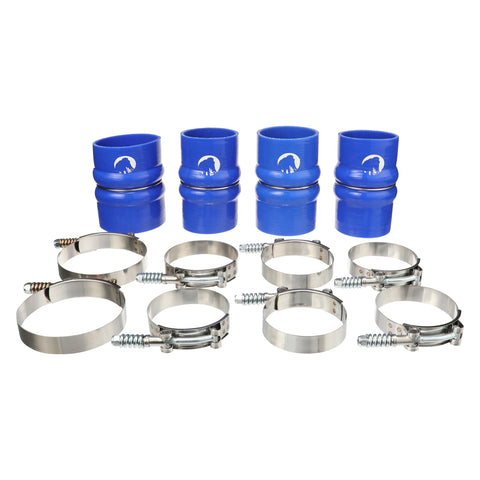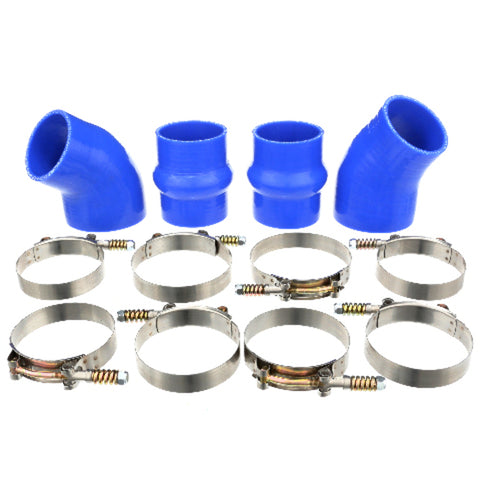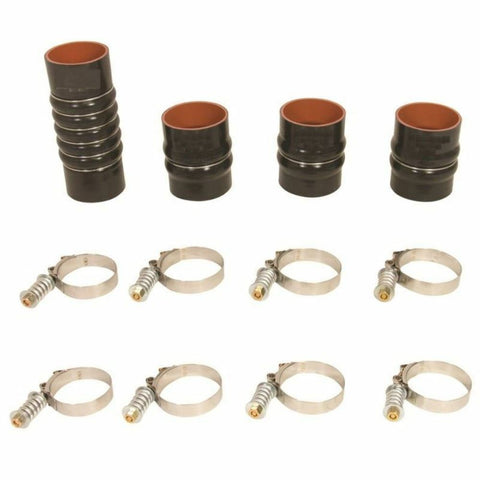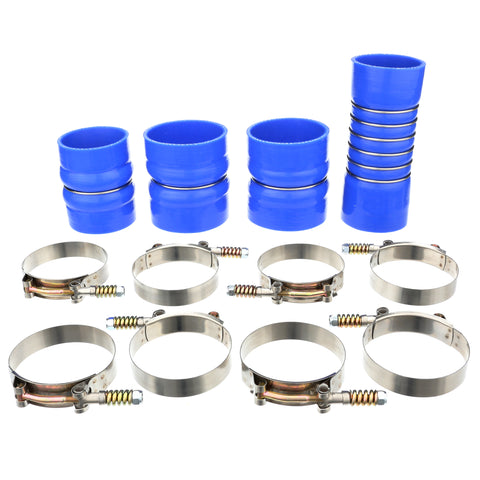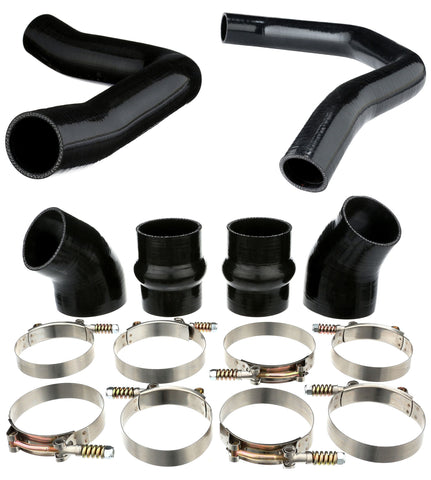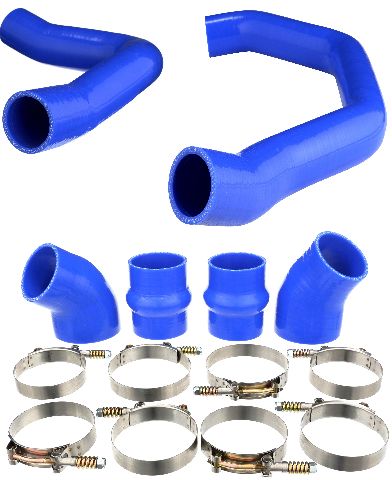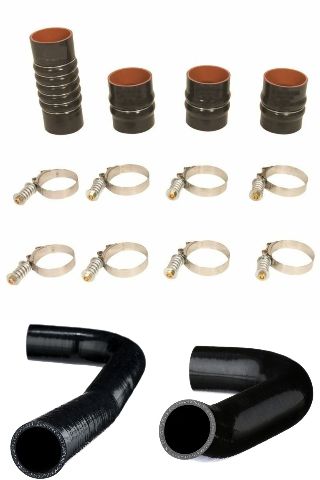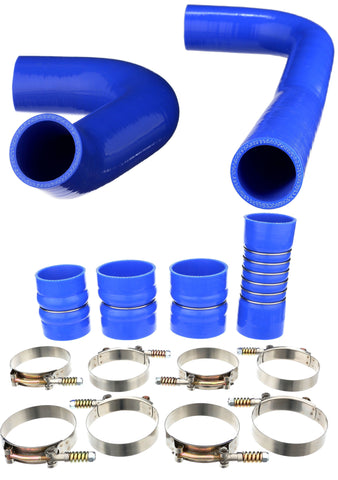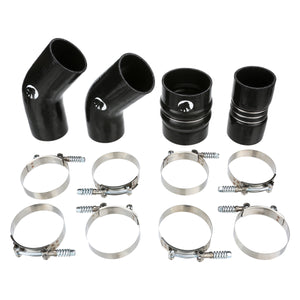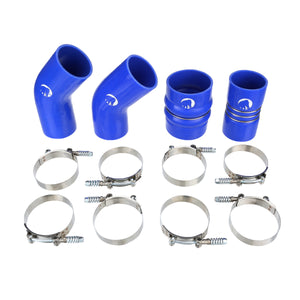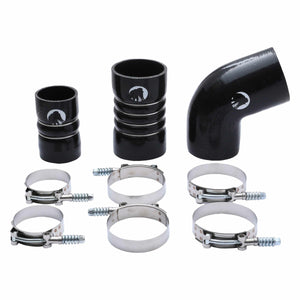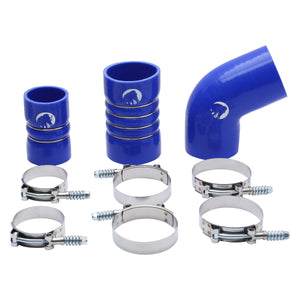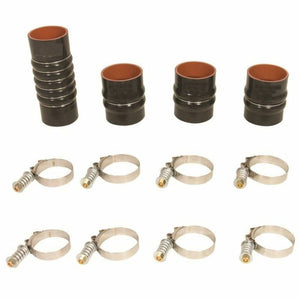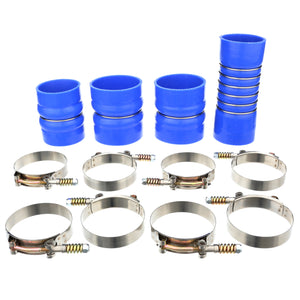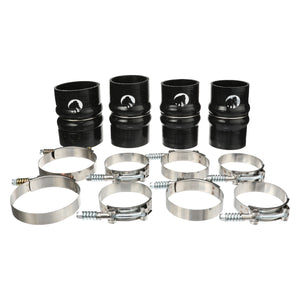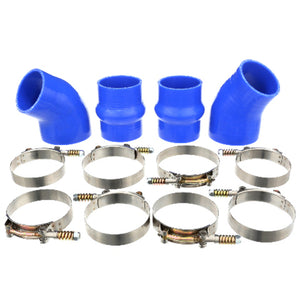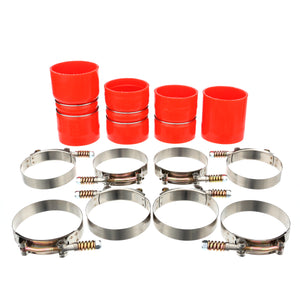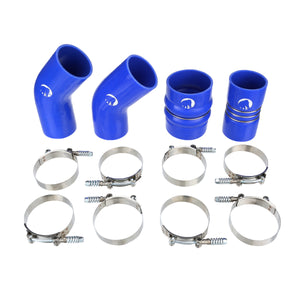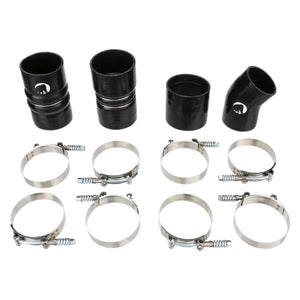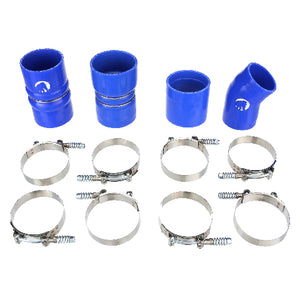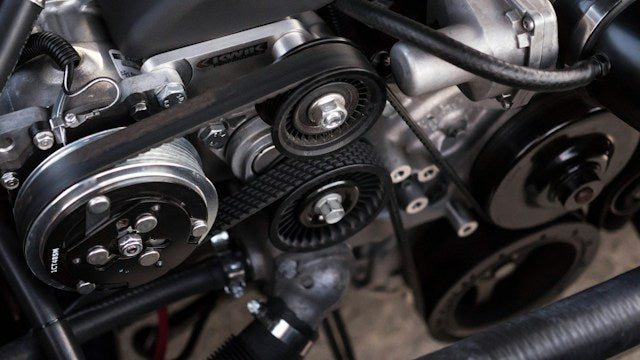Silicone Hose vs Rubber: Choosing the Right Material
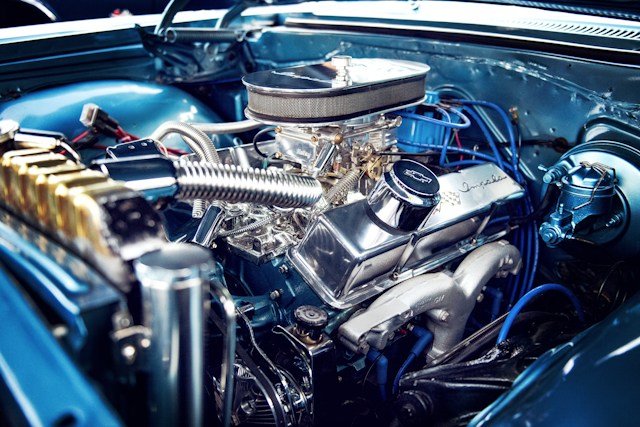
Table Of Contents
When it comes to your vehicle's cooling system, the choice between silicone and rubber radiator hoses can significantly impact performance. In this article, we'll explore the key differences between these materials, helping you make an informed decision to keep your engine running smoothly. Whether you're a car enthusiast or a practical driver, understanding the pros and cons of silicone and rubber hoses is crucial for ensuring your vehicle's longevity and efficiency.
Pros and Cons of Silicone Radiator Hoses
Silicone radiator hoses have gained popularity as an alternative to traditional rubber hoses, offering distinct advantages and disadvantages. Understanding the pros and cons of silicone radiator hoses can help vehicle owners make informed decisions about their cooling system components.
Pros of Silicone Radiator Hoses:
Durability: Silicone hoses are known for their exceptional durability, resisting damage from heat, ozone, and various chemicals better than rubber hoses.
Temperature Resistance: Silicone hoses can withstand a broader temperature range compared to rubber, making them suitable for high-performance and extreme conditions.
Flexibility: Silicone hoses are generally more flexible than rubber hoses, allowing for easier installation and accommodating tight spaces in the engine compartment.
Appearance: Silicone hoses often have a sleek and modern appearance, available in various colors, which can enhance the aesthetics of the engine bay.
Longevity: Due to their resistance to degradation, silicone hoses tend to have a longer lifespan than rubber hoses, reducing the frequency of replacements.
Cons of Silicone Radiator Hoses:
Cost: Silicone hoses are typically more expensive than their rubber counterparts, which may be a consideration for budget-conscious consumers. However, investing in Mammoth Parts silicone hoses is a smart decision that offers long-term value and peace of mind. With our commitment to quality and durability, our silicone hoses provide superior performance and reliability, ultimately saving you money in the long run. Don't compromise on quality – choose Mammoth Parts for unbeatable durability and performance in every automotive application.
Hardness: While flexibility is an advantage, the inherent hardness of silicone may make it less forgiving in certain applications, potentially increasing the risk of hose kinking.
Permeability: Silicone hoses can be more permeable than rubber, potentially allowing small amounts of coolant to escape over time.
Limited Availability: Depending on the specific make and model of a vehicle, finding a direct-fit silicone hose might be more challenging compared to standard rubber hoses.
Pros and Cons of Rubber Radiator Hoses
Understanding the pros and cons of rubber radiator hoses is crucial for vehicle owners looking to make informed decisions about their engine components.
Pros of Rubber Radiator Hoses:
Cost-Effective: Rubber hoses are generally more budget-friendly than their silicone counterparts, making them an economical choice for many vehicle owners.
Versatility: Rubber hoses are available in a wide range of shapes and sizes, making them easier to find as direct replacements for specific vehicle models.
Shock Absorption: The inherent flexibility and elasticity of rubber provide excellent shock absorption, reducing the risk of hose damage in high-vibration environments.
Common Availability: Rubber radiator hoses are widely available at automotive stores, ensuring easier accessibility for replacements or repairs.
Ease of Installation: Rubber hoses are known for their ease of installation, often requiring less effort to fit into various engine configurations.
Cons of Rubber Radiator Hoses:
Limited Temperature Range: Rubber hoses may not perform as well as silicone hoses in extreme temperature conditions, limiting their suitability for high-performance or specialized applications.
Susceptibility to Wear: Rubber hoses can be more prone to wear and degradation over time, especially when exposed to heat, chemicals, or ozone.
Shorter Lifespan: Due to their susceptibility to wear, rubber hoses may need to be replaced more frequently compared to more durable materials like silicone.
Aesthetics: Rubber hoses may lack the sleek appearance and color customization options offered by silicone hoses, which could be a consideration for those focused on the engine bay's aesthetics.
Weight: Rubber hoses can be heavier than silicone hoses, potentially impacting overall vehicle weight in performance-oriented applications.
How Mammoth Performance Parts Can Help
At Mammoth Parts, we understand the importance of quality and durability when it comes to your automotive needs. That's why we're proud to introduce our premium line of silicone hoses designed to withstand the toughest conditions and deliver unmatched performance.
Our silicone hoses are crafted using the highest quality materials, ensuring exceptional strength, flexibility, and resistance to extreme temperatures and pressure. Whether you're upgrading your cooling system, enhancing your turbo setup, or tackling any other automotive project, our silicone hoses are engineered to excel.
Why Choose Mammoth Parts Silicone Hoses?
-
Superior Durability: Built to last, our silicone hoses are resistant to wear, tear, and corrosion, making them perfect for demanding applications.
-
Enhanced Performance: With excellent heat and pressure resistance, our silicone hoses ensure optimal flow and performance, helping you achieve maximum power and efficiency.
-
Precision Engineering: Each silicone hose is meticulously crafted to meet strict quality standards, guaranteeing a perfect fit and seamless integration with your vehicle's components.
-
Versatile Applications: Whether you're a professional mechanic or a DIY enthusiast, our silicone hoses are suitable for a wide range of automotive applications, from coolant and intake systems to turbochargers and intercoolers.
-
Peace of Mind: Backed by our commitment to quality and customer satisfaction, our silicone hoses come with a satisfaction guarantee, giving you confidence and peace of mind with every purchase.
FAQs (Frequently Asked Questions)
Are silicone radiator hoses compatible with all vehicle models?
Compatibility varies, so it's essential to check for specific vehicle fitment when considering silicone radiator hoses.
How often should radiator hoses be replaced?
Radiator hoses should typically be replaced every 3 to 4 years or if signs of wear, such as bulging or cracking, are observed.
Can I mix silicone and rubber radiator hoses?
While not ideal, mixing silicone and rubber radiator hoses is generally acceptable, but uniformity is preferable for optimal performance.
Do silicone radiator hoses require special maintenance?
Silicone radiator hoses generally require less maintenance, but periodic checks for leaks or damage are recommended.
Are rubber hoses prone to cracking?
Rubber hoses are susceptible to cracking over time, especially with exposure to heat and other environmental factors.


